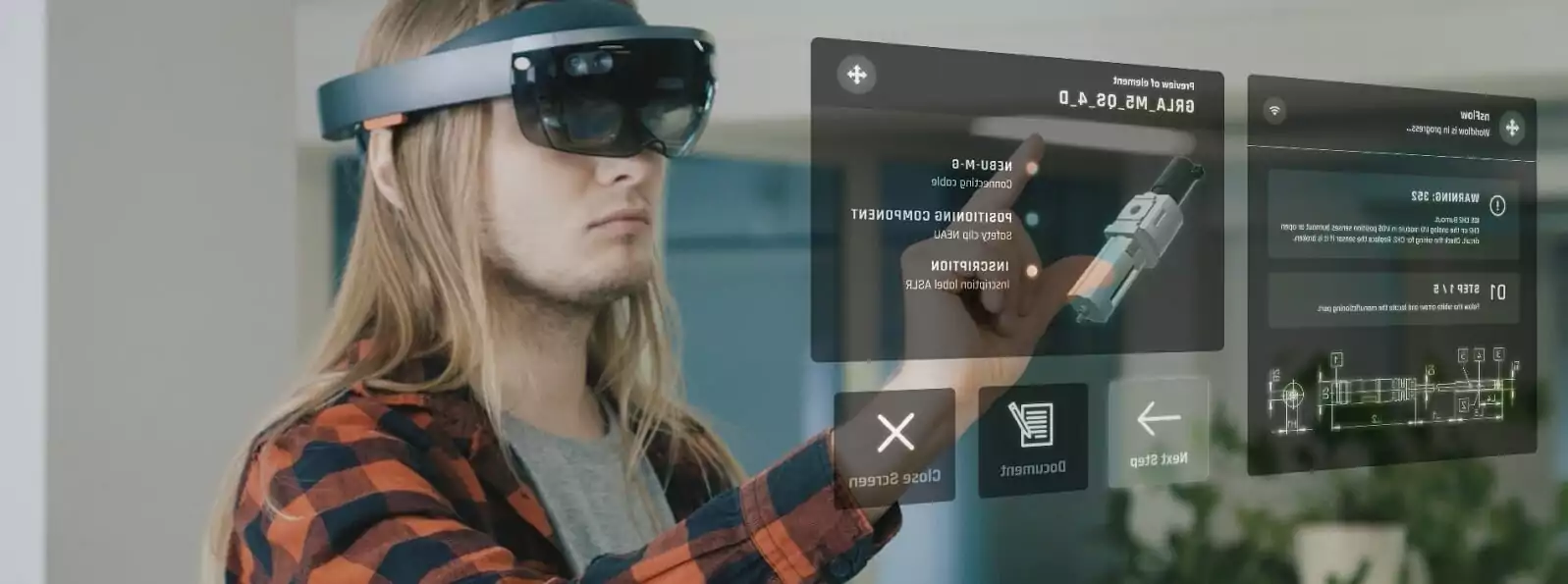Nowadays, we can find artificial intelligence solutions in almost all domains of business. A new development of AI is cognitive computing. What is that? Imagine a computer that thinks and behaves just like a human being and is able to recognize your face, voice, and even handwriting! A machine that may replace a person in repetitive tasks – that’s cognitive computing.
But a computer is not human, right? Sure, but many believe that machines will soon become capable of running operations which rely on human perception – so they will see, hear, and talk with us. In the future, a computer will do many tasks for us that require cognitive skills.
Cognitive Computing vs AI?
AI and cognitive computing are similar – wouldn’t you agree? Both those technologies were created in order to reduce human effort and make tasks less time-consuming for employees. These terms are often used as synonyms. In reality, they have their differences.
There is a simple, but real distinction. Cognitive computing is a subset of AI. The prime goal of this technology is to imitate human behavior and thought to solve users’ problems like a person would – in a simple way. AI, on the other hand, is supposed to outgrow humanity and make it possible to solve complex problems more efficiently than a person ever could.
What is a cognitive system?
We can think of cognitive computing as a technology that simulates human thought processes. To achieve this goal, data are processed from various information sources and their context is analyzed to get the best possible output. Cognitive computing systems are based on machine learning and use data mining, pattern recognition, and language processing.
Cognitive system – characteristics
What is one of the most difficult tasks to achieve when working on cognitive systems? Surely, training the machine’s “social and communicative skills”. A user needs to interact with a cognitive computer to make a request. Human-computer interaction (HCI) is indispensable.
Sometimes even people have problems understanding each other, and so, a cognitive system has to be contextual. It must understand contextual data – syntax, time, locations, requirements, and goals. There is a lot of data that systems may use to “get to know” a user better, thus determining their needs.
Cognitive computing systems have to be adaptive and learn all the time. As soon as they take in new information, they should become more efficient and make fewer mistakes. Systems must collect data in real time to make adjustments.
Imagine your computer is not working and you call the manufacturer’s hotline to ask for help. We like consultants that will ask the right additional questions to help us solve our problem and leave us satisfied with their services, but how often do we talk with an incompetent person who gives inadequate advice? Cognitive computing technologies should be able to identify the user’s problem by asking additional questions and comparing answers with a maintained history of similar situations that have been solved.
Is this all about data?
As you can see, data is essential for cognitive computing success. Systems can analyze data from various information sources. All the time, systems are digging for new data – collecting and processing it allows the system to adjust and make more accurate decisions. Experts assume that in the future, our function will be to organize data, categorizing and tagging it in order to make it easier for computers to analyze.

Teaching machines to learn on their own
Machines today have to use the data they already possess, as well as learning from their experience. Machine learning is a technology that enables them to make better decisions and analyze data more effectively with every moment. With every task performed well, the machine becomes better at analyzing, decision-making, and using cognitive abilities.
Try to imagine that you’re a doctor sitting at a desk with your computer on, staring at data and trying to make a diagnosis. If you used cognitive computing it would analyse numerous pieces of information to suggest conclusions regarding the case and offer ideas for treatment. Now, every time this process is carried out, systems get more accurate with their solutions.
But that’s not the end. There are already systems that base their suggestions on our daily routines such as the best path from work to home to take everyday, movie and music choices on our favorite streaming platforms or purchasing decisions that we make while shopping online. Cognitive computing means using such information to provide us with the best possible solutions.
Applications of cognitive computing – what can it be used for?
Curious about some examples of cognitive computing?
Cognitive computing systems, such as IBM Watson, are transforming healthcare. It is used a lot in medicine. Doctors use it for diagnosis, before deciding on treatment and to search for treatment alternatives for oncological patients. It enables comparison of opinions about possible therapies. Such tools are used not only in medicine but also in veterinary health and other businesses. Thanks to them, specialists don’t have to spend too much time researching.
Virtual assistants like Siri, Alexa, or OK Google also use cognitive computing technology. They don’t only answer simple questions about time or address, but also remind you about a meeting or suggest that you put some tasks in your calendar. People use them every day to organize work, or book transport or hotels. In time those tools will become more like an actual person. Perhaps Siri will be able to ask you if you want to take a coffee break at the time when you usually take five to scroll through Facebook because you’re tired of work?
Netflix is also an example of cognitive computing technology implementation. Its system notes your movie choices, the time of your activity, and many other factors to recommend you more films to watch. This works for Netflix and other streaming platforms.
We can find examples of cognitive computing technologies in various branches of business. This has great potential, especially in customer service. Chatbots already use those technologies to seem more human, making an almost “normal” conversation with the user. A chatbot behaves like a person – asking questions, making jokes, and providing needed information based on previous communication.
Cognitive technologies may be also used to detect fraud and prevent cybercrimes. Special systems may be able to detect unusual transactions and alarm the owners of platform profiles, accounts, or credit cards. Those are complex analyses, nevertheless, IT companies are working on such solutions.
The third era of machines?
Some people say that we are entering the third era of computing. First computers were able to count, and now we live in the era of programmable systems, but the future will be about cognitive systems – machines becoming like humans.
Nowadays, AI solutions have their limitations. It is difficult to apply them in a situation with a high level of uncertainty or when users have requests which require creative solutions. But make no mistake – machines can learn now and it is highly possible that soon we will talk with them as if they were humans.



